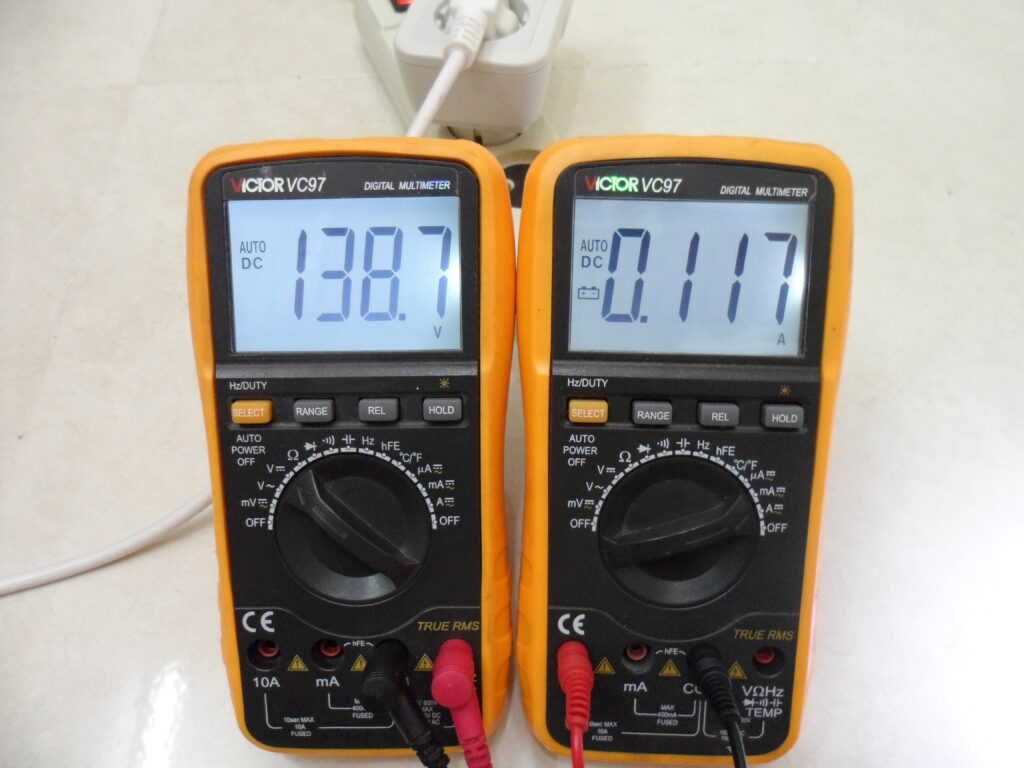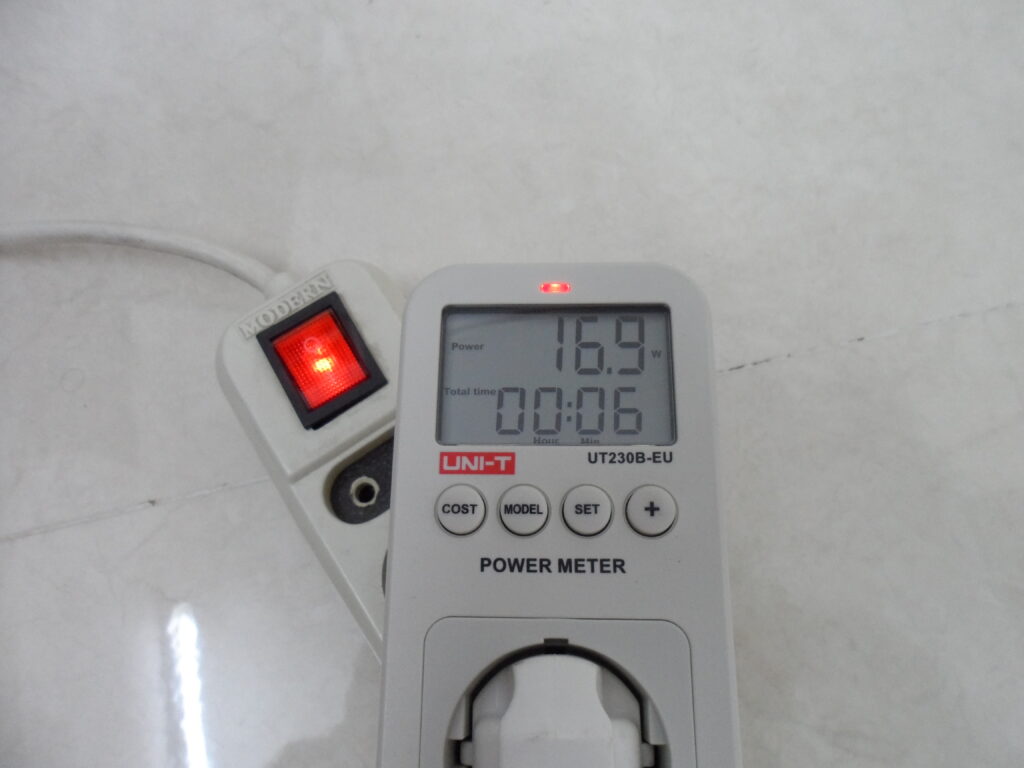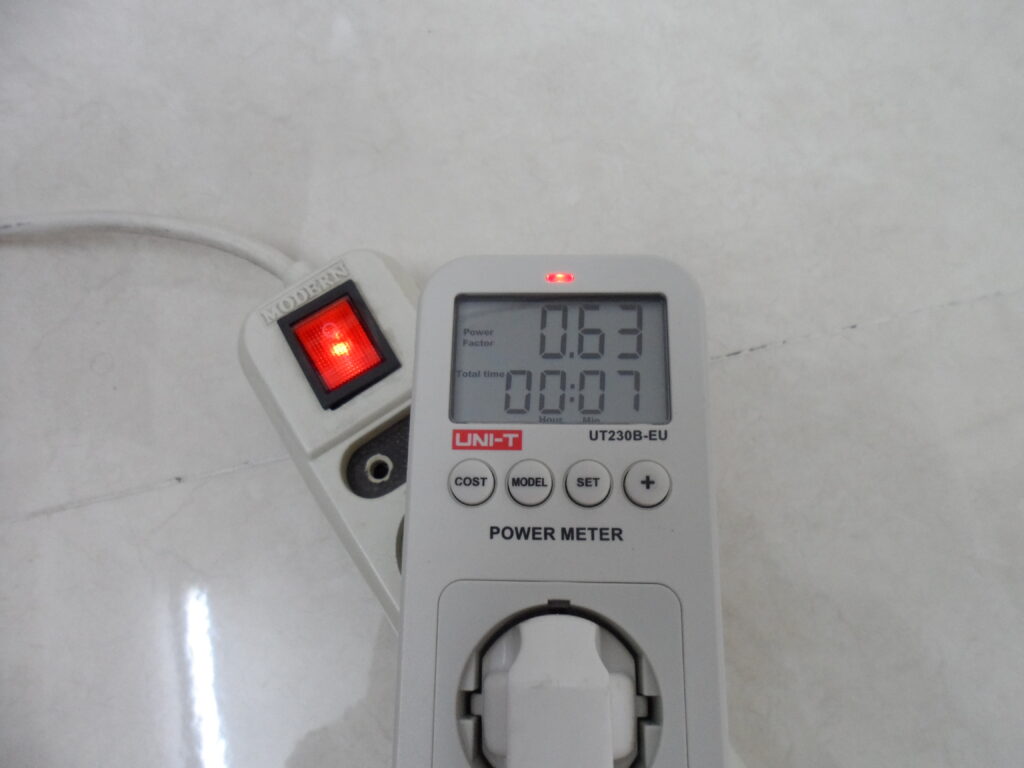Reviewing 15W COB LED 120mA
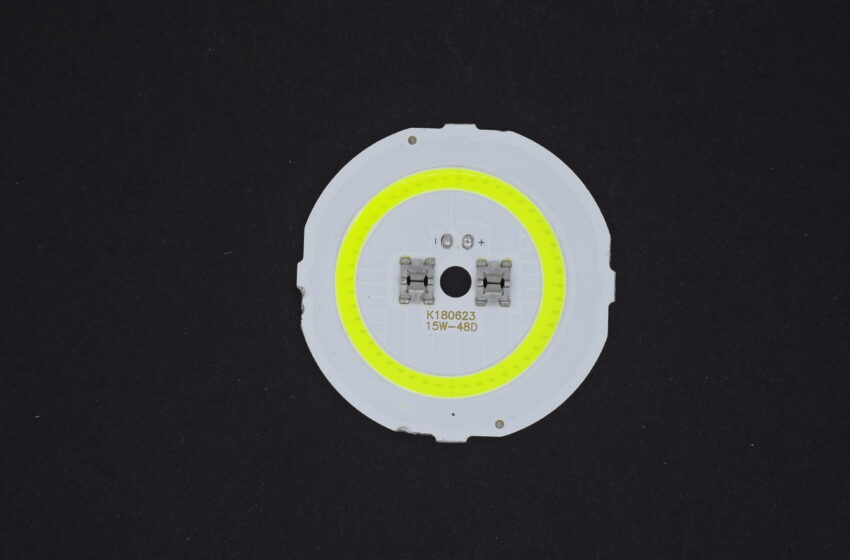
LED lamp brightness should be tested using specific instruments that can determine the intensity of the light in lumens and get the power consumption of the LED using a watt meter. Dividing these two yields a value known as lumens per watt, or Lm/W, which is used to compare LEDs. It implies that the better the LED consumes less power and generates more light. Unfortunately, I lack this equipment and I only evaluate the electrical properties of LEDs and their drivers. Although it is not a comprehensive evaluation, it may be valuable for certain individuals because I have not seen these reviews elsewhere. On the other hand, many low-cost LEDs on the market lack true nominal power.
I’ve got a 15W COB LED with a current of 120 mA that I’d want to put to the test. I performed the test by connecting an up to 18 watt 120 mAh driver to the LED. The following are the requirements for the required driver:
Input voltage: 175-265 AC
Output voltage: 20-155 AC
Output current: 120 mA
Power factor: 0.55
Photo of driver with IC BP2866B:
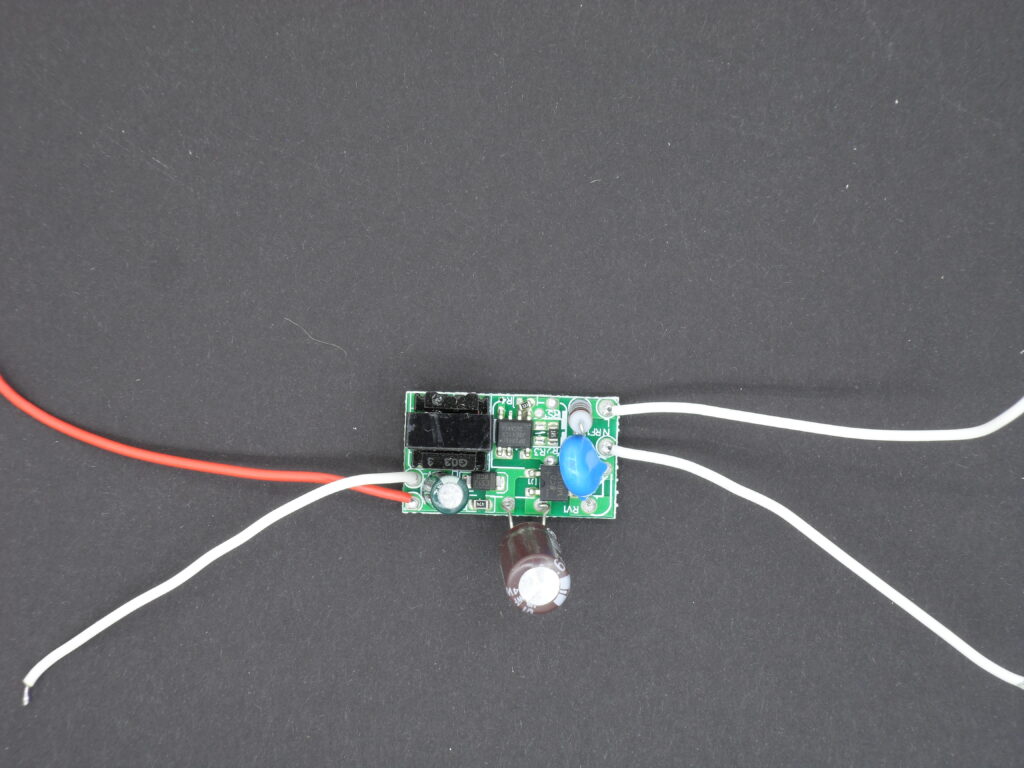
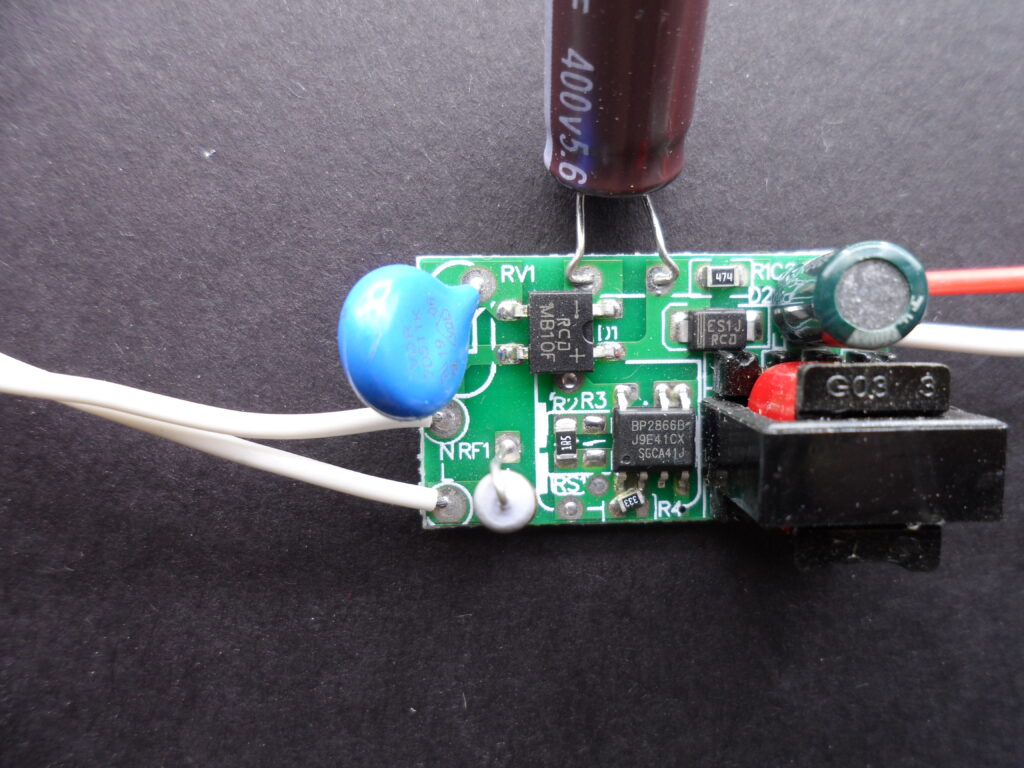
Specifications and photos of the desired LED:
Circle diameter: 50mm
Current: 100-120 mm
Voltage: 144 volts
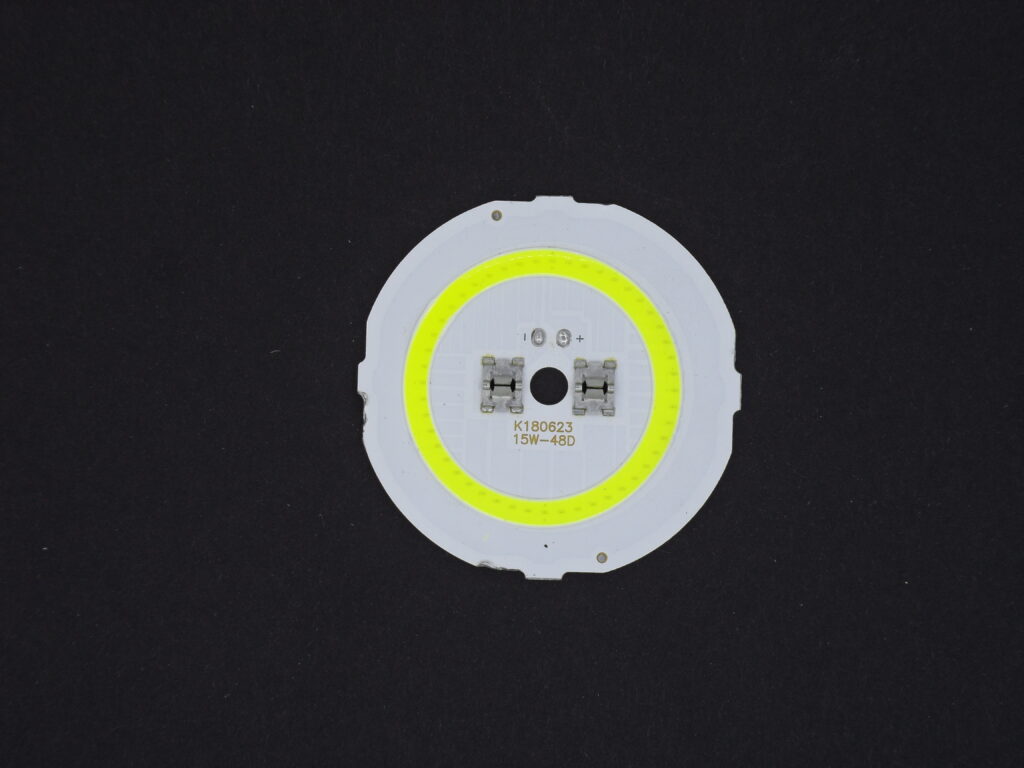
When the temperature reached equilibrium in 2 minutes, the AC wattmeter read roughly 16-17 watts. The current on the DC side of the circuit reached 117 milliamps. The voltage ranged between 138 and 140, as you can see. The power factor, on the other hand, was 0.63, as it was for most non-isolated drives. Of course, there are non-isolated switching devices on the market with power factors of 0.9 or higher, but they are uncommon and, most significantly, a little more expensive. There are no IEEE standards for these drivers.
